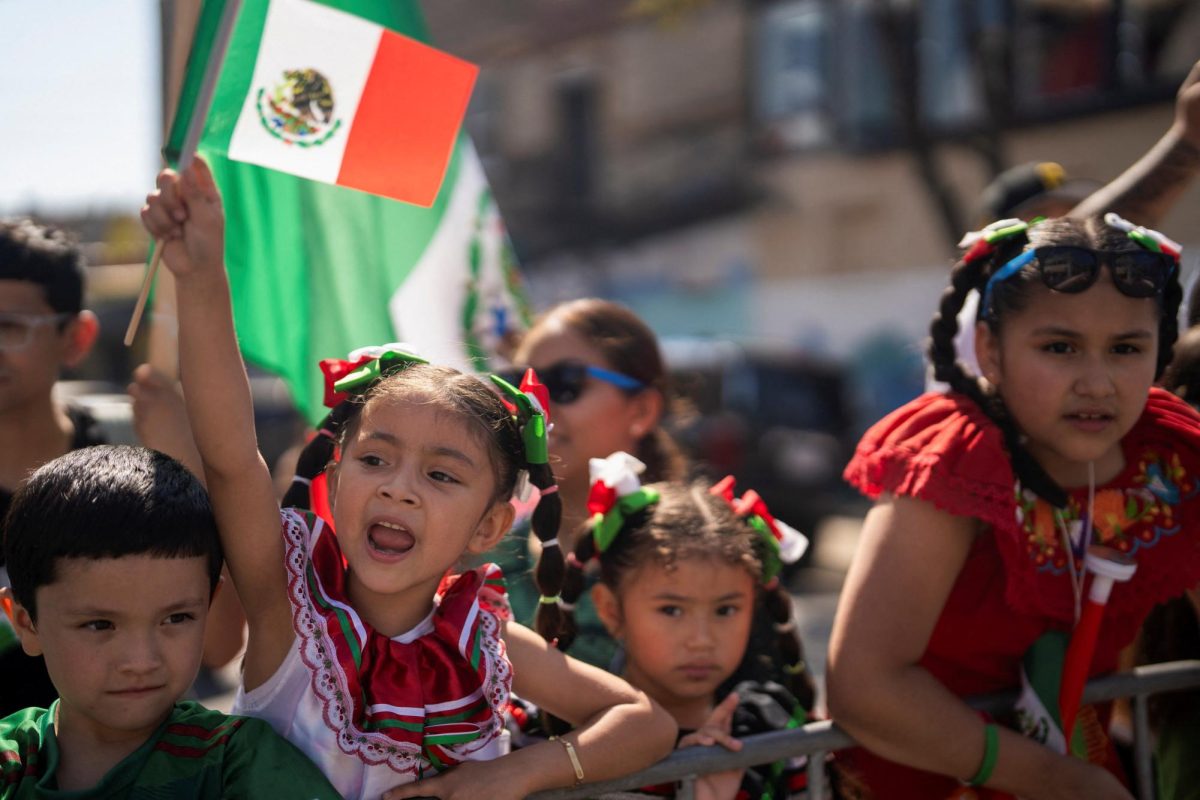It was March 17, and you woke up to dress in green and gold. The day was Saint Patrick’s Day, and many students had chocolate coins and green clothes too. Saint Paddy’s Day, as Saint Patrick’s Day is nicknamed in Ireland, celebrates the mass religious conversion of Ireland.
According to Britannica, “Many legends grew up around him—for example, that he drove the snakes out of Ireland and used the shamrock to explain the Trinity. Ireland came to celebrate his day with religious services and feasts.”
St. Patrick used a three-leaf clover, called a shamrock (the now Irish national plant), as part of his teachings, and snakes never did live in Ireland. St. Patrick is remembered through the vocal repetition of these tall tales, but since many of them were rumors or made up, there is little factual evidence about Patrick’s life.
So who was St. Patrick? According to History, and against common belief, he was born in Great Britain not Ireland, and is believed to have died on March 17, around 460 A.D. By the time he died, St. Patrick had started monasteries, schools, and hospitals.
Although his father was a Christian deacon, it was suggested that he probably took on the role because of tax incentives and there is no evidence that Patrick came from a particularly religious family. When he was 16, he was kidnapped and taken to Ireland. At the time, he worked as a shepherd in solitude and away from others. Afraid and scared, he probably turned to his religion for solace, says History. He eventually escaped but returned in about 432 C.E. as a priest to oversee Christians already in Ireland and to convert the Irish.
“On Saint Patrick’s Day, I wear green and try not to get pinched,” said RCHS freshman Emily Copell.
The holiday, as celebrated in the United States, has many notable traditions tied to it such as wearing green, or risk getting pinched; the Chicago River being dyed green to celebrate the many Irish immigrants that helped settle the city; and corned beef and cabbage being linked to the holiday. Green is said to be worn to camouflage you from mythical creatures called leprechauns, which, according to Irish folklore, will not hesitate to pinch you if they catch you.
The Irish people consider the day of his death as an important religious holiday and celebrate it with parades and wearing shamrocks.








